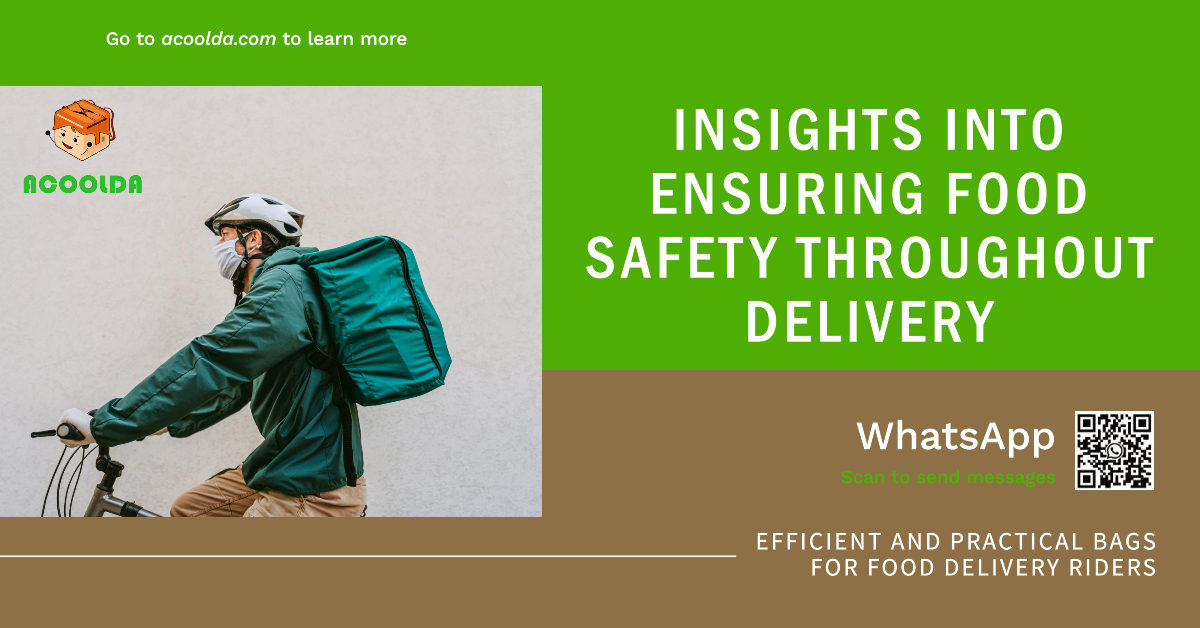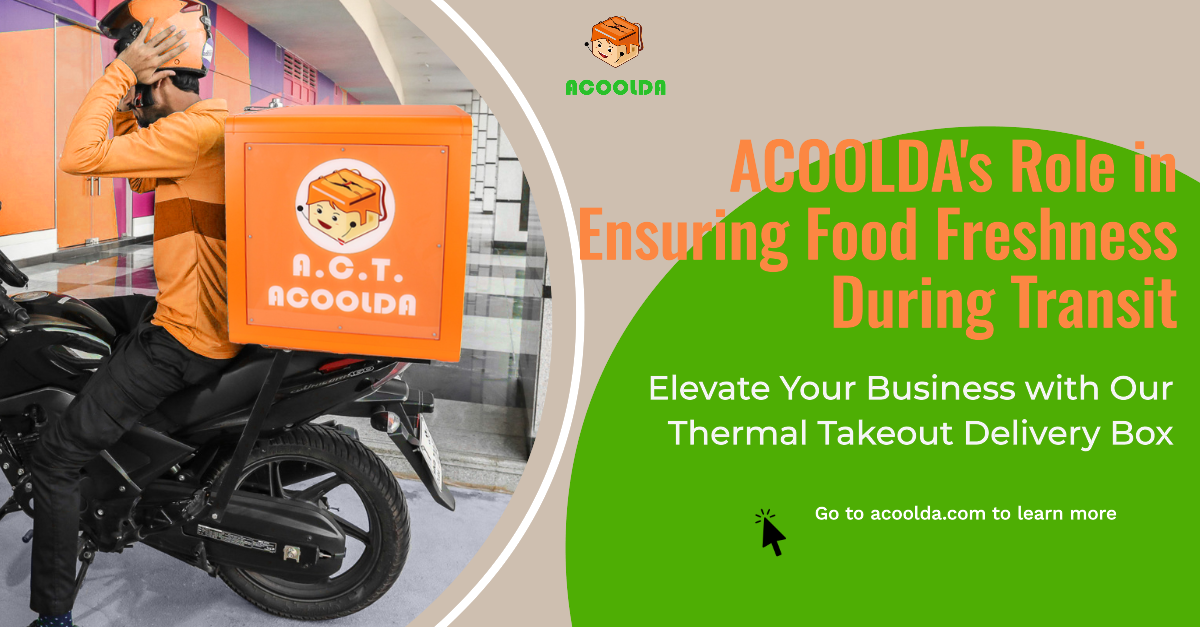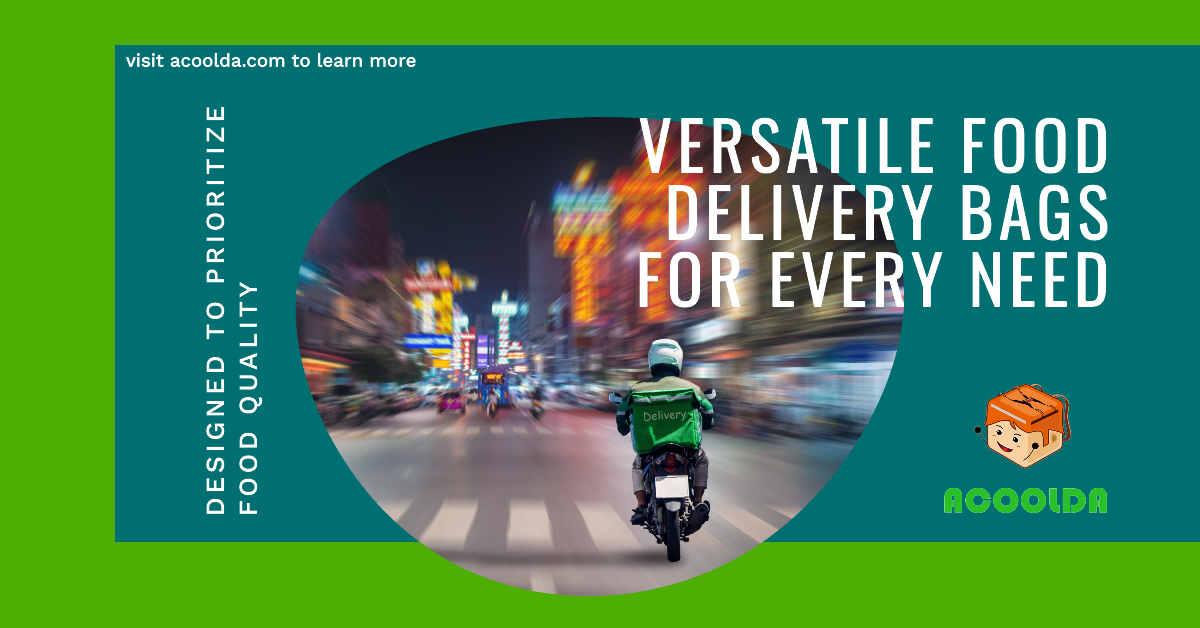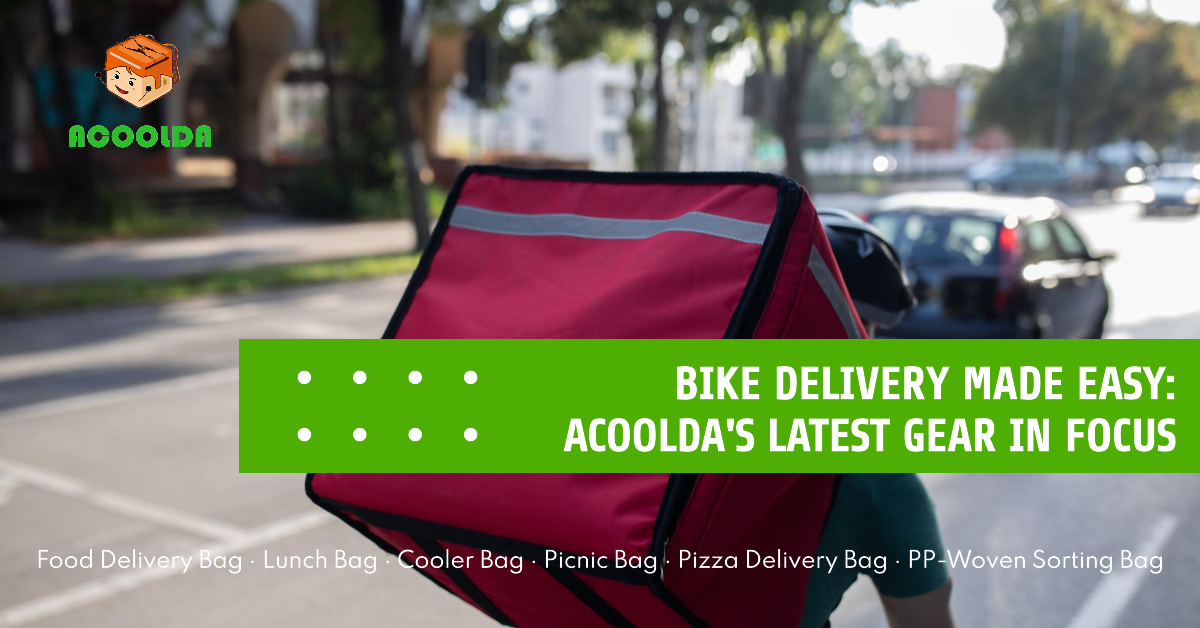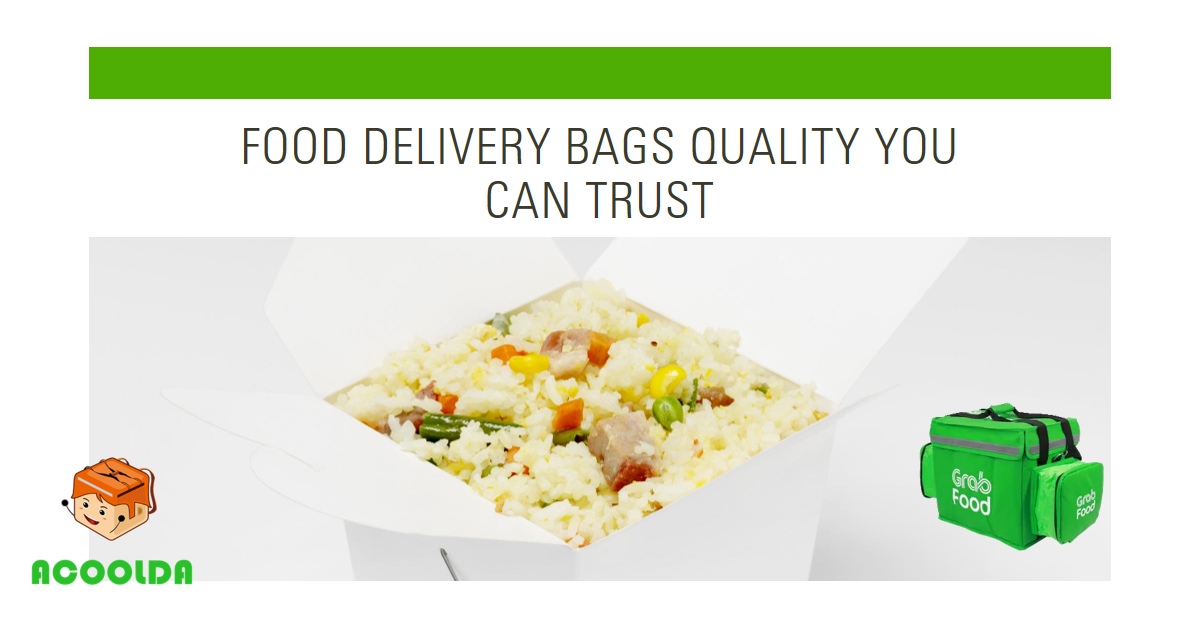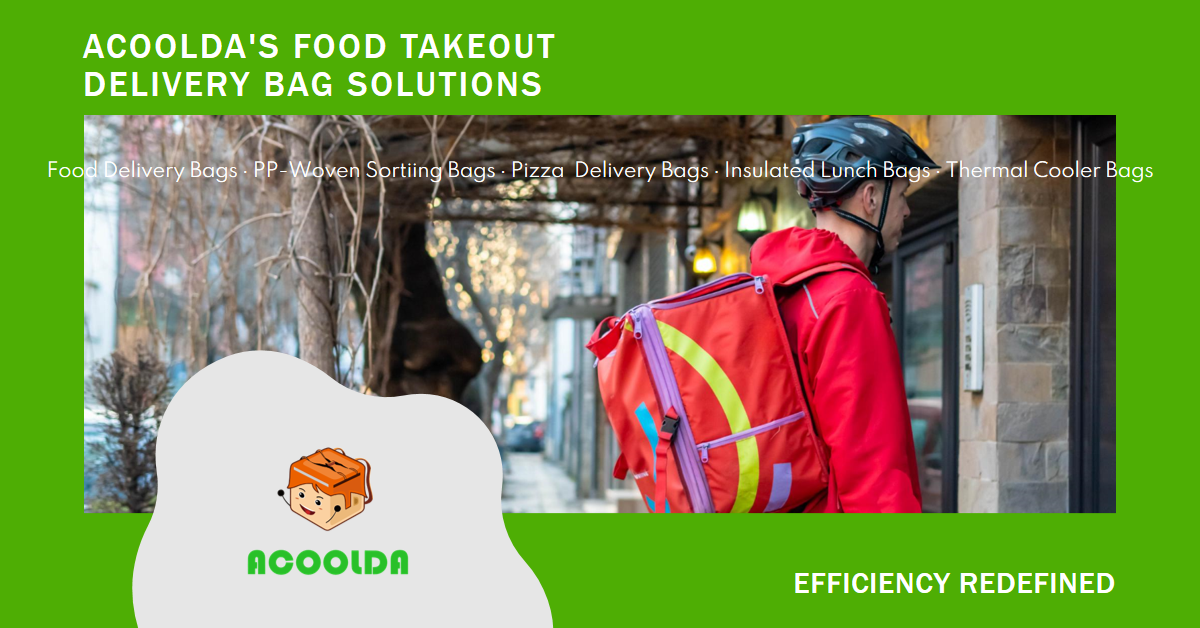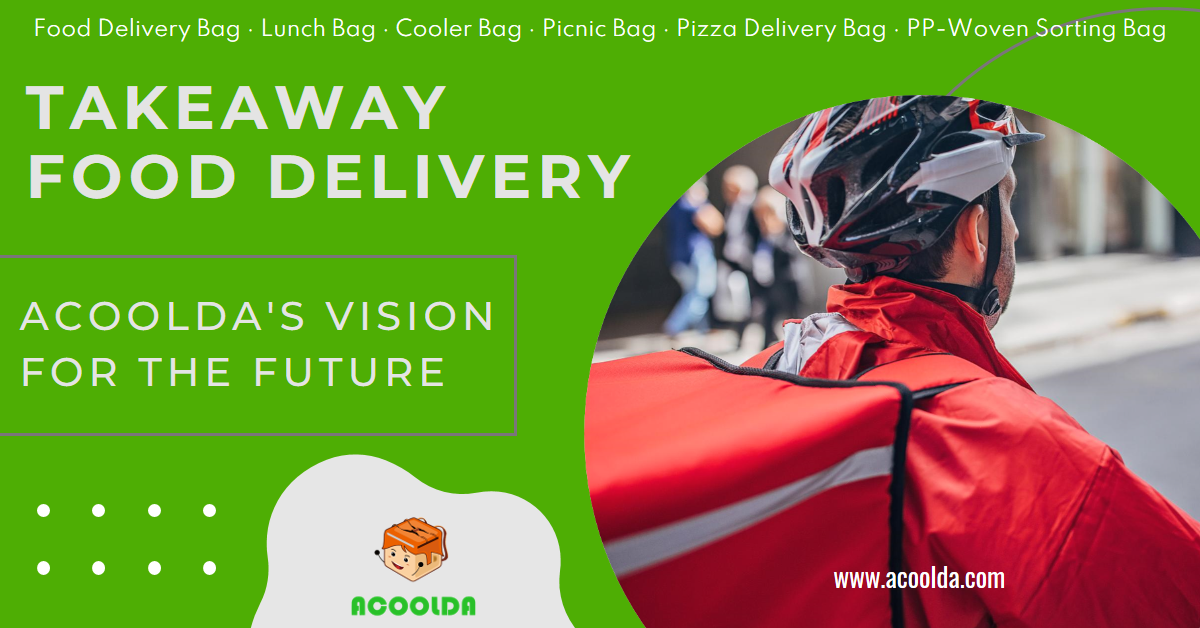0102030405
Postmates, DoorDash, UberEats and Grubhub: a comprehensive comparison
2021-05-19
Zebra does not support your browser version, so please call us or upgrade your browser to the latest version. The use of insurance Zebra insurance services (DBA TheZebra.com) is subject to our terms of service. Copyright ©2021 Insurance Zebra. all rights reserved. View the license. Privacy Policy. The order food delivery market is steadily developing and innovating, just like its riding cousin. Although the dominant ride-sharing giant is still inconclusive, many freelancers, students, scammers, and everyone in between turn to these non-traditional job opportunities to sustain their lives. Just like the ride-hailing economy, on-demand food delivery services allow individuals to set their own time, work at their own pace, and make a living as an independent contractor. But what does this mean for more traditional industries? Still hope that the restaurant owner will provide food. Technology companies are still designing products to buy that must operate efficiently while taking into account the growing and changing needs of customers. In the end, everyone still has to collect their own W2 and pay taxes. I managed to perform fact-based analysis on Postmates, Doordash, Grubhub and UberEATS (the four most popular food ordering apps in restaurants). This is intended to provide a guide for the food service industry, the freelancer community, the app design community, and anyone interested in human factors in one of the many sectors of the on-demand economy. Remind you, this is not a contest-just a fair comparison, so interested parties can choose the right service, part-time employer or management tool that best suits them and their needs. No matter which food ordering app you use or drive, they can achieve the same goal: the quality of the food at point A that reaches point B is the same as the quality you ordered and eaten in one place. Of course, the logistics of transporting food from A to B depends on the service used. When starting a food delivery business, you may need to consider the company’s budget and scope before choosing one of these services. The driver will get a company debit card to pay on behalf of the customer. For most drivers, the debit card is of the Postmates brand and has a unique alphanumeric ID number. More active drivers are assigned a card with its actual name. These cards are used for larger orders that are not specific to food delivery, such as pick-up and delivery from the Apple Store. The Postmates debit card has been pre-loaded to a rounded number that is higher than the actual cost of the customer's order. For example, according to the online Postmates resource, if the customer’s order amount is US$27.99, the Postmates card will be pre-installed with US$40. The company card gives drivers a sense of flexibility and allows them to place orders before they reach the restaurant. In addition, if the restaurant's price is very different from the price in the app, or the customer requests more items to be added to the order, the driver can request more funds through the Postmates app. The additional funds will be pre-charged to the card, and the driver can continue to make more requests if needed. On the one hand, Postmates restricts the use of debit cards based on the driver’s GPS location to control abuse and fraud. However, when the GPS location update is slow or inaccurate, the restriction will roll back quickly, causing the problem to go beyond the scope of resolution. Customers can also place their own orders, and then send them to partner restaurants through a tablet, and then assign them to the driver. Previously, the system would show the driver the estimated time of arrival of the prepared food, which allows time-sensitive drivers to perform other operations between meals. Unfortunately, this feature has been removed. Restaurant owners can also use third-party APIs to use the Postmates driver to deliver orders. In this format, customers do not always know that the driver is an independent contractor, not an employee of the restaurant they ordered. Drivers report that some customers feel frustrated after realizing that the tip is going to the restaurant instead of the driver. UberEATS uses a fairly simple format. Orders are always prepaid and pre-purchased long before the driver arrives, at least in theory. In fact, UberEATS works by allowing customers to place orders through the app for the driver to pick up the goods. Even if the order should be prepared and can be continued after the driver arrives in the restaurant, this is usually not the case. Instead, the driver was forced to wait while preparing the meal. Although the driver must wait, this is an attempt to ensure that the customer receives freshly cooked hot food. UberEATS also adopts a "closed" concept. The driver did not open or check the order; the meal was delivered from the restaurant to the driver, and then the driver to the customer. In this way, UberEATS removes the driver’s responsibility to check whether the order is correct and that no items have been forgotten or missing. The working principle of Doordash is to check by providing the driver with the location of the restaurant and the destination, and then calculate the distance between each point (including the driver's current location). In the restaurant, the DoorDash driver will display one of the following three conditions: Although Grubhub has merged with services such as Seamless and Yelp's Eat24 and absorbed them, Grubhub itself is not strictly a delivery service. Grubhub started as an alternative to paper menus in 2004, allowing the company to establish partnerships and establish relationships with restaurants. If the restaurant does not yet have a delivery driver, they can use Grubhub's team of independent contractors, which is similar to how Doordash, Postmates and UberEATS work. The idea is to let the driver arrive at the restaurant after preparing the food. Then, put the food in an insulated bag with a trademark and send it on the way. Grubhub's proprietary technology allows restaurants and customers to track estimated meal times. Drivers can choose to arrange their own time in the "time slot", which is similar to traditional work. In essence, the blockade is a guarantee to ensure that the driver can pick up and deliver the order. Drivers may not be delivered on a large scale, but Grubhub prioritizes scheduled drivers and makes them eligible for more work and higher profit potential. If the driver does not work outside a block, all deliveries that are not assigned to other drivers will be disputed. The driver can choose the appropriate stop according to his program level. In any case, the driver’s fee is paid through direct deposit. There is no problem there-direct deposits are fairly standard across industries. However, problems arose in terms of timely payment. Four days after the transaction, Postmates paid the driver. If the customer tipped some time after paying the initial fee, the driver may pay the tip long after the original transaction was paid. It’s not bad if you don’t charge the driver 15 cents for every direct deposit transaction. When I talk to almost all the drivers who deliver to Postmates, I complain about this so-called "strip fee", which is the introduction of the daily payment function. In particular, a driver told me how he often earned tips in the weeks after the initial delivery, but was paid 15 cents for a one or two dollar tip. (It must be pointed out that it is illegal for employers to collect deposits directly. The cost of direct deposits does not come from Postmates itself, but from its payment processor.) Grubhub pays its drivers every week on Thursday, Doordash on Sunday night, and UberEATS pays on Thursday. UberEATS also allows drivers to cash out up to five times a day, although each cash out requires a one-dollar fee. Doordash also has an optional daily payment system. Customers must pay Doordash, Postmates, Grubhub and UberEATS through the corresponding apps. Grubhub also accepts PayPal, Apple Pay, Android Pay, eGift cards and cash. In the service of paying the driver's mileage, the mileage is calculated "with the flight of the bird." The mileage is paid to the driver based on the straight line from the restaurant to the drop-off, which usually does not accurately measure the distance they actually traveled (including all twists, detours, and detours). On the other hand, skill is a complete independent game. For a long time, tipping has been a source of anxiety for both delivery drivers and customers, but tipping etiquette has remained largely unchanged-even as delivery methods have evolved. Generally speaking, if the customer's experienced service is good, it is recommended that the driver give $5 or 20%, whichever is higher. Many of the drivers I talked to claimed that most of the salary they took home was due to the tips they got on the run. UberEATS customers can tip the driver within 30 days after the meal is delivered, and the driver will receive the full payment. A driver I spoke to estimated that he received tips about 5% of the time. Postmates uses a completely cashless system and requires the driver to be prompted through the app. Customers can choose an option from 10%, 15% or 20%, or enter a custom prompt value. Although some customers ignore the official tipping policy, they still choose to tip their drivers in cash. Postmates drivers seem to independently agree to a tip rate of about 60% to 75%. However, a Postmate driver who traveled frequently noticed a downward trend in tips and even felt stiff after being sent to the Postmates customer service center. Grubhub tipping is done through the app, although drivers have some complaints about the "cash tip" option. Some customers will choose this option only to make the driver stiff at the time of delivery. Doordash requires customers to tip the food before it arrives. The app then provides the driver with a "guaranteed amount" of income, which includes mileage, basic salary and "some" tips. Doordashers often check the app after delivery to find that they have exceeded the guaranteed amount. When asked why this is the case, Doordasher mus remembered this as a way to prevent drivers from accepting only lucrative deliveries. According to a driver I spoke to, Postmates will itemize the tips received, but the tips received through Doordash are somewhat "mysterious". He believes that tipping works similarly to the way front desk staff earn tips. He claimed that if you feel stiff, Doordash will make up the difference to maintain the minimum wage. On the other hand, if you receive a large tip, Doordash will let it cover most of your payment costs. Compared to UberEATS, Grubhub and Doordash, drivers seem to think Postmates is the most unique service. They call their corporate debit card the biggest difference and believe that Postmates uses it as leverage for competitors. From the driver’s point of view, Doordash does not seem to intend to deliver any goods "as a driver told me", lest it be "really bad." Assume that Doordash insists that drivers earn a substantial minimum fee for each delivery, so that each delivery is worth the driver's time, and they will not rely on customer tips. UberEATS keeps pace with the company's larger carpooling service. This allows Uber drivers to easily deal with passengers in a day to continue to make money in other ways. As of the summer of 2017, Grubhub is still the king of market share, but other services are not far behind. However, like Yelp's Eat24 and Groupon, Grubhub can use its market share to further leverage partnerships with other services and brands. For smaller companies, choosing DoorDash may be a better approach, because the awareness of your food or product and the positive connection with it continue to grow because they provide high-quality services to customers and drivers . For large companies, this company card will not be a heavy burden. Each service exceeds the ability to transport food from the restaurant to your home. For drivers and customers, the most important things are often the features and innovations that make similar services stand out from each other. Recently, Grubhub recently won a lawsuit defining its driver as a contractor, which may have an impact on similar lawsuits by Uber. Therefore, drivers are not entitled to the benefits or benefits they might have in traditional jobs, such as health insurance or 401K. However, this does not mean that these companies will let drivers do their work. UberEATS provides drivers with refueling, discounts on phone plans, finding help with health insurance and managing finances. There are even special allowances for various markets, such as Austin, Texas. Like Uber's ride-sharing service, delivery drivers are also protected by Uber's insurance policy (although they may need to purchase their own commercial insurance policy, as well as the required personal car insurance). However, Doordash provides commercial insurance to its delivery drivers, but also requires drivers to maintain personal insurance policies. Like UberEATS, Doordash also works with Stride to help drivers purchase health insurance. Doordash is also working with Everlance to help drivers track their expenses in preparation for the tax season-this is especially important considering that drivers are classified as independent contractors. After completing 10 and 25 deliveries a month, Postmates will provide drivers with discounts and rewards for subscribing to Postmates Unlimited. In addition, there is a supplementary insurance policy for drivers. For new customers, UberEATS rewards are usually provided in the form of $X when they first place an order. You can also organize promotional activities for participating partners’ free products. After recommending the driver to complete the specified number of trips, the driver can also refer friends to earn bonuses. Forums and subreddits run by online communities are usually the best place for Postmates promotional codes. In large events where people stay at home to watch, such as the Super Bowl and awards ceremonies, promotional codes are usually the most common. Postmates also offers a free trial period of Postmates Unlimited. Doordash's recommendation program is similar to UberEATS, in which Dasher and recommended friends will receive bonuses. Certain meals can only be enjoyed with free wine or beer, but not all services can provide alcohol. Grubhub, Postmates and Doordash all ship alcohol to certain markets in the United States. UberEATS currently allows alcoholic beverages to be ordered in some international locations. Doordash has established a process for ordering and shipping alcohol. It requires the driver to verify the customer’s ID and refuses to deliver alcohol to certain places. Drivers are also not allowed to provide alcohol to customers who are obviously drunk or may provide alcohol to minors. In providing alcohol to customers, Postmates operates similarly. Since Postmates not only provides food, it also provides a restricted list of items that customers cannot order. Obviously, drugs and animals are not allowed, but customers are also prohibited from ordering gift cards. The customers and drivers I talked to have mixed responses to the design and functionality of the application. All pre-built applications can work (otherwise the service will not work), but their UI and functions feel very unintuitive. All four services also allow customers to order food directly on the responsive website. The driver I spoke to complained that it has nothing to do with the application. The three main problems are: each new update is gradually removing useful features, malfunctions and errors, and a general lack of effective support. Most drivers seem to agree: On-demand food delivery applications should have a simple interface that does not change frequently. This is a question of function, not form. The interface of Postmates seems simple, but the driver complains about its ubiquitous crashes and errors. Before the application runs, the driver is forced to restart the phone multiple times and can easily crash during a busy day (especially the Super Bowl). The most common complaint a Postmates driver told me related to support issues. If the driver has questions about the order, usually the only solution is to cancel the order, which prevents the driver from making money. The driver said that Postmates support basically does not exist. Instead, they can only struggle on their own and must come up with solutions on their own. On the other hand, customers appreciate the aesthetics of the application, but claim that it is difficult to navigate. The driver also regretted the lack of information on the Postmates app. The reason for the cancellation has been cancelled (for example, cancellation due to restaurant closure) and it is not possible to call the customer before accepting the order (to prevent the driver from refusing to deliver to certain parts of the town). This has led to a situation where Postmates drivers "blindly take orders", which is not a big problem for those who deliver by car, but it is a bigger problem for bicycles, scooters and walking couriers. Uber Eats drivers use the Uber partner app-in addition to getting on and off the car instead of food, it's food. This is to be expected (this is a testament to the tried and tested Uber design). The only drawback of the Uber partner app is that it imposes restrictions on it, which creates difficulties for the driver. For example, until the driver arrives at the restaurant, the app will not display the dining destination. However, this may be to prevent the driver from choosing and choosing only the best delivery. Uber Eats customers must use a different app from the ride app, but the payment is made through the same Uber account. Customers can track their orders in real time, which is a useful feature to maintain positive customer satisfaction. Considering its recent acquisition of startup Ando (Ando), the Uber Eats app may be about to change. Ando uses 24 variables to calculate delivery time. This technology is a great boon for Uber Eats. Drivers found the Doordash app easy to use and understand, although not without bugs. Sometimes, the delivery must be marked as "delivered" multiple times before the application is updated to reflect the changes. Although Doordash has an overseas support team to assist the drivers, I was told that they were hardly helpful. The driver claimed that this was due in large part to the "written" answers provided by the support staff. Therefore, when the application does fail or the driver encounters a problem, they have little help in solving the problem. Some of the drivers I talked about attributed application problems to Doordash's "rapid growth-it may grow too quickly for self-interest." I originally planned to compare the functions of each service and its unique solutions to efficiently transport food from one place to another. In the course of my research and writing, I tried to be careful not to favor one another or write an article to expose the service like a wrestling match. Finally, it doesn't matter. Whether you are a customer or a driver, it seems that the decision to use any service will be based primarily on experimentation and your subsequent experience, rather than on the services provided by the service. I would like to know how each service can continue to improve, innovate and stand out from the competition. Over time, I have the feeling that one or two on-demand food delivery services will eventually lead or swallow competitors. In addition to collecting information and research rights from the source (the service in question), I also participated in various community forums, including Doordash, Uber Drivers, and Postmates subreddit communities. My feedback on the questionnaire is very valuable and provided me with information that cannot be found in traditional research. https://www.cnbc.com/2017/07/12/home-food-delivery-is-surging-thanks-to-ease-of-online-ordering-new-study-shows.htmlhttps://www. reddit.com/r/postmates/https://www.reddit.com/r/doordash/https://www.reddit.com/r/UberEats/https://www.reddit.com/r/uberdrivers/ https://www.vanityfair.com/news/2017/09/sued-for-underpaying-drivers-grubhub-claims-it-isnt-a-food-delivery-companyhttps://mashable.com/2017/09/ 08 / grubhub-lawsuit-trial-workers/#e7tNs_.2eEqRhttps: //uberpeople.net/threads/whats-the-money-like-with-grub-hub.34423/https: //www.uberkit.net/blog /grubhub-vs-doordash/https://get.grubhub.com/wp-content/uploads/2017/02/Grubhub-The-guide-to-online-ordering-Whitepaper-V3.pdf Taylor is an internal quantitative researcher at Zebra. He collects, organizes, and analyzes opinions and data to solve problems, explore problems, and predict trends. In her hometown of Austin, Texas, she can be found reading at Half Price Books or eating the world's greatest pizza on Via 313. ©2021 Insurance Zebra Crossing. all rights reserved. The use of insurance Zebra Insurance Services (DBA TheZebra.com) is subject to our terms of service, privacy policy and license.


